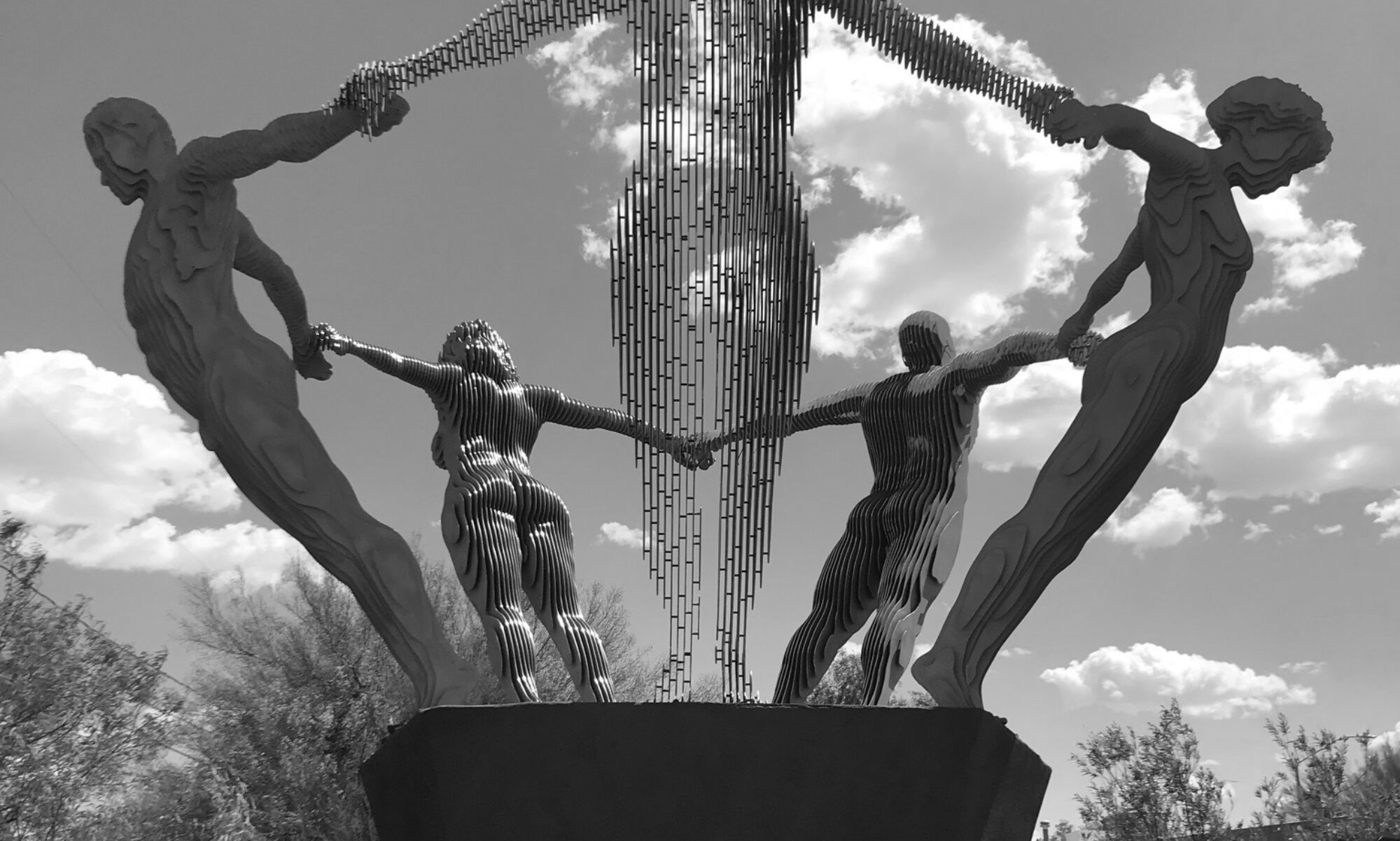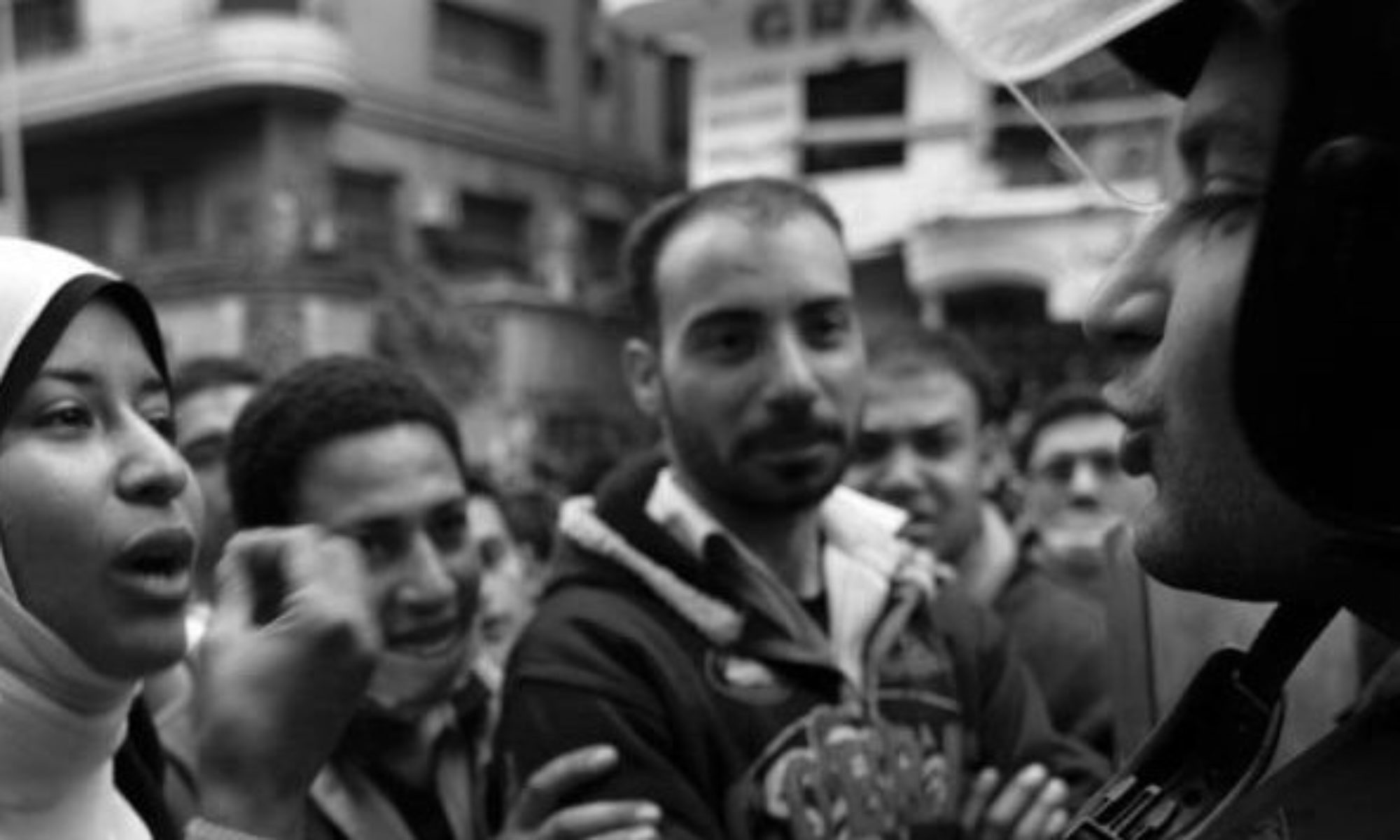Youth, Art & Resilience
Seeking Alternative Justice Amid Political Change
This research project focuses on youth and injustice. More precisely on how and why the former deal with the latter. Its originality lies in looking at some of the old problems from a new perspective. It zooms in on art-inspired contentious politics and exploring the concept of resilience. Of particular interest are contexts that impede direct forms of resistance or civil disobedience in world politics. Mountains of books are available on regime change, particularly non-violent transformations. In recent years political transitions literature relied increasingly on transitional justice studies as a lens to shed light on past wrongdoings. These focused notably on accountability issues and memory politics. Such scholarship is often based on state-centric analysis, exploring how governments deal with the past. Bottom-up studies, which put the accent on civil society, have also found growing attention. Yet marginalized and less institutionalized actors have generally received much less attention among these scholarly efforts. Yet societies continue to encounter difficulties coping with the aftermath of violence and oppression. As a result, this project fills this void by scrutinizing the role of less visible and informal actors from a cross-regional perspective.
Role of Youth
The mediatization of the Arab Spring brought youth centerstage, They have nonetheless been actively engaged in transition processes in the past. Unfortunately, little is known about the increasing engagement and advocacy of youth in these transitional contexts. Instead, when inquiring about the role of youth during these processes many questions remain unanswered until now. An essential question in this context revolves around why these youth-fueled alternative practices have increased? And why have they considerably affected more traditional and formal forms of transitional justice? In relation to this, why should they not be considered a panacea to cope with the intricate consequences of political violence and conflict? Finding answers to these questions requires examining the challenges, tensions and a genealogy of transnational advocacy networks. It also requires scrutinizing their collective action, and the rise of social media. The latter reduces geographical and physical boundaries but poses other difficulties.
new insights
This project aims at understanding this transnational and transversal interconnectedness against the backdrop of a selection of case studies of current youth movements dealing with past human rights abuses, war crimes and other social injustice. It illustrates the difference between how youth activists approach questions of past human rights violations and more conventional measures implemented after mass atrocities and the fall of repressive and dictatorial regimes. Homing in on the role of youth in these contexts helps us gain a fuller understanding of dilemmas and tensions that arise when seeking justice.
Youth activism therefore emerged as a response, seeking alternative forms of addressing apparent injustices. Strategies of youth in their collective action repertoire include street art, performance activism and social media campaigns, among others. Contrary to some of the established transitional justice mechanisms, youth-led activities occur also in less institutionalized and informal settings. The project hence illustrates how this performance-based advocacy work has fueled the creation of new forms of expression and spaces of deliberation to contest the culture of impunity and challenge the politics of memory in different transitional contexts.
Take away
The project provides two sets of answers. First, it offers a contextual background to understand these new, alternative transitional justice practices, framing justice against the backdrop of space in times of change. Second, it provides a conceptual framework that links youth, art and resilience, followed by a number of case studies to illustrate this complex phenomenon.


